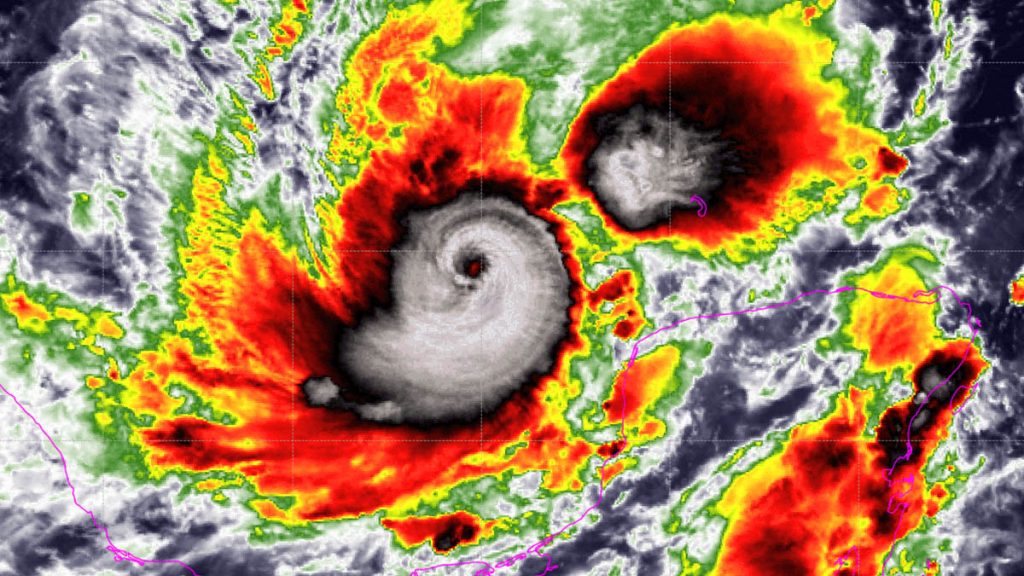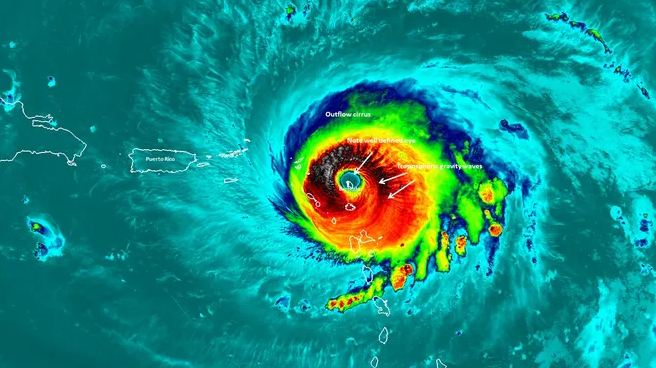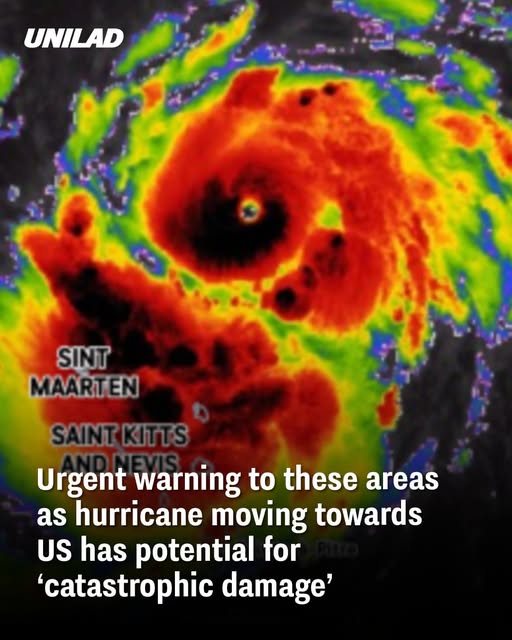Hurricane season is in full swing, running from June 1 to November 30, and authorities are sounding the alarm as Hurricane Erin intensifies and moves across the Atlantic. The storm has already exceeded wind speeds of 160 mph, elevating it quickly to a rare Category 5 hurricane.
Rapid Intensification: From Category 1 to 5
Erin began as a relatively mild Category 1 storm, with wind speeds of around 75 mph. But in a startling escalation, it surged to Category 5 within just 24 hours—making it one of only 43 Category 5 hurricanes ever recorded in the Atlantic. This explosive development prompted an urgent warning from the National Hurricane Center.

Potential for Catastrophic Impact
Category 5 hurricanes are notorious for inflicting “catastrophic damage.” Forecasts warn that “well-built framed homes can sustain severe damage with the loss of most roof structures and some exterior walls.” The storm is expected to knock down trees and power poles, causing prolonged power outages—potentially lasting weeks or months—and rendering many areas uninhabitable.
Where the Danger Lies: Surf and Rip Currents
AccuWeather’s lead hurricane expert, Alex DaSilva, emphasizes that while Erin is forecasted to stay hundreds of miles offshore of the U.S. East Coast, its power will still deliver life-threatening surf and rip currents to beaches from Florida to New England and Atlantic. Coastal zones such as the Outer Banks of North Carolina, Long Island, New York, and Cape Cod, Massachusetts are particularly vulnerable to these hazards.
Temporary Decline, Not Done Yet
By early Sunday morning (August 17), Erin had weakened to a Category 3 storm, but this decline is only temporary. Meteorological models suggest the hurricane could regain strength and possibly return to Category 5 before finally turning northward.
Why Erin Escalated So Fast
Erin’s abrupt intensification was fueled by unusually warm ocean temperatures, abundant atmospheric moisture, and a favorable storm structure—conditions that allowed it to reach Category 5 in record time. Rapid intensifications like this highlight the growing challenges of storm forecasting.
Implications for an Active Hurricane Season
This escalation comes amid forecasts from NOAA predicting an above-average 2025 Atlantic hurricane season, with expectations for 13 to 19 named storms. Erin, notably, is already the fifth named storm, as well as the first hurricane and first major hurricane of the season. The storm’s erratic behavior serves as an early reminder that preparedness can’t wait.
Communities Urged to Stay Alert
Emergency management agencies are urging people living along the U.S. East Coast and in parts of the Caribbean to remain vigilant, even if Erin does not make direct landfall. Officials stress that hurricanes of this strength can shift unpredictably, and even a small change in trajectory could bring severe consequences for populated regions. Local authorities are monitoring evacuation routes, shelters, and supply chains to ensure readiness in case the storm veers closer to land.
Lessons from Past Storms
Meteorologists have compared Erin’s rapid intensification to storms like Hurricane Michael (2018) and Hurricane Dorian (2019), both of which brought catastrophic destruction. These comparisons serve as a sobering reminder that storms need not strike directly to wreak havoc. Widespread coastal flooding, hazardous marine conditions, and damage to infrastructure can extend hundreds of miles from the storm’s center. Communities are encouraged to learn from past events and prepare early rather than waiting for last-minute alerts.

Conclusion
Some climate experts argue that warmer oceans and shifting atmospheric patterns may be fueling these extreme weather events. While scientists caution against linking any single hurricane directly to climate change, the frequency of rapid intensification is raising serious questions. If such trends continue, coastal regions may face an era of increasingly unpredictable and powerful storms. Erin stands as another stark warning of the challenges ahead, reinforcing the importance of resilient infrastructure, disaster planning, and global cooperation in addressing climate risks.

















